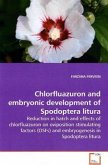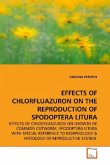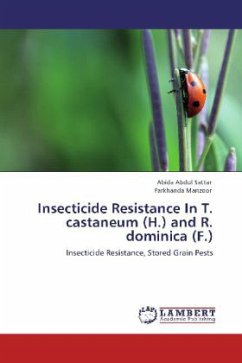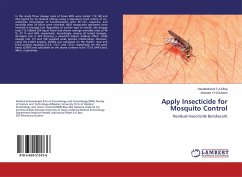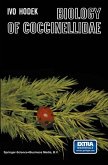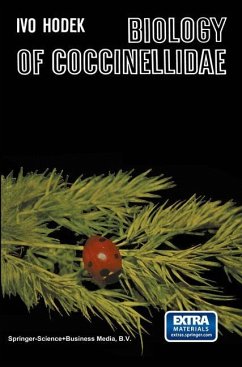Spodoptera litura causes enormous losses in many economically important crops. Three years monitoring of conventional and new chemistry insecticides revealed chlorpyrifos, quinalphos, deltamethrin, -cyfluthrin, emamectin and indoxacarb more toxic than other insecticides against most field populations. Cypermethrin and deltamethrin with fipronil showed synergistic effect both at 1:1 and 1:10 in field populations. However, these populations were highly antagonistic to organophosphates when mixed with synthetic pyrethroids. Using single pair crosses for genetics studies, deltamethrin and indoxacarb showed autosomal and incompletely dominant resistance controlled by more than one locus. Enzyme inhibitors i.e., PBO and DEF were significantly not different for both field populations suggesting involvement of both mechanism of resistance. Timely judgment of pest status, delimiting alternate host crops and weeds, wise rotation of insecticides with new chemicals and insect growth regulators with synergistic mixtures might be an asset for management of this insect pest. Stability and dominance of resistance and cross-resistance suggest use of insecticides with different modes of action.
Bitte wählen Sie Ihr Anliegen aus.
Rechnungen
Retourenschein anfordern
Bestellstatus
Storno


